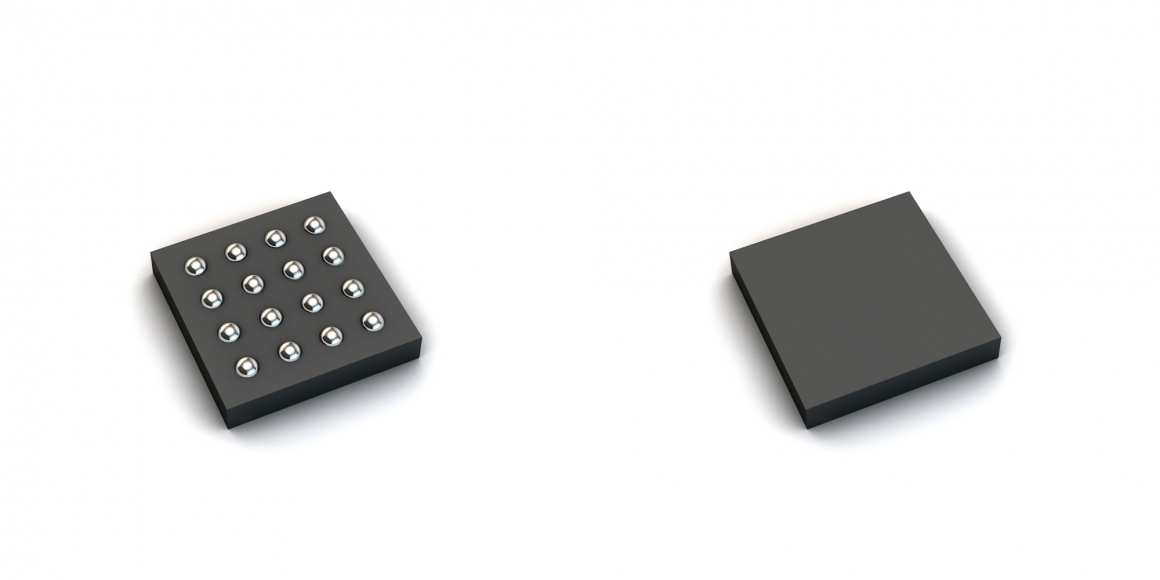Subscribe to EDOM TECH Newsletter
ams OSRAM
2022/07/05
New Analog Frontend Family from ams OSRAM Offers Maximum Flexibility for Vital Sign Monitoring Applications

ams OSRAM (SIX: AMS), a global leader in optical solutions, introduces with the AS705x series its first pure IC family of vital sign sensors. The first generation of biosignal converting units from ams OSRAM offers manufacturers maximum flexibility, a highly customized optical front end in combination with a power-saving design and small form factor making it ideal for applications where board space is limited, such as hearables, smartwatches or smart patches.
 The AS7050 is the first biosignal sensor in the new product family from ams OSRAM, which allows the end user to capture biosignals such as heart rate measurement (HRM) and galvanic skin resistance (GSR). Thanks to two ADC (Analog to Digital Converter) channels and embedded ECG low noise analog front end, the AS7050 can perform photoplethysmogram (PPG) and electrocardiogram (ECG) measurements simultaneously. Customers who require an even smaller optical set-up and have no need for an ECG can opt for the AS7056 or the AS7057 family members.
The AS7050 is the first biosignal sensor in the new product family from ams OSRAM, which allows the end user to capture biosignals such as heart rate measurement (HRM) and galvanic skin resistance (GSR). Thanks to two ADC (Analog to Digital Converter) channels and embedded ECG low noise analog front end, the AS7050 can perform photoplethysmogram (PPG) and electrocardiogram (ECG) measurements simultaneously. Customers who require an even smaller optical set-up and have no need for an ECG can opt for the AS7056 or the AS7057 family members."AS7056 and AS7057 are the smallest AFEs for vital sign monitoring currently available on the market with a die size of approx. 1.7 x 1.7 mm", says Dr. Markus Arzberger, Head of Segment Vital Signs at ams OSRAM. "The new biosensors from ams OSRAM measure vital signs in applications such as hearables or accessories based on PPG. The two products enable customers to develop a very small and highly customized optical front-end in combination with the state-of-the-art analog-to-digital conversion process.”
Optical systems can be used to measure vital signs such as heart rate variability non-invasively. PPG (photoplethysmography) is the most common optical system solution used for heart rate measurement. Green light is sent into the tissue, where it is scattered and partially absorbed by the blood. A small portion of the emitted light is scattered back to a photodiode and detected with integrated circuits. Since the blood volume changes with the heart rate, the absorption of the light and the signal of the photodiode is modulated accordingly by the heart rate.
The AS7050 provides up to eight LED driver outputs, samples up to six photodiode inputs and supports external electrodes. The AS7056 and AS7057 enables up to three photodiode and up to three emitters, one of which is a VCSEL driver in the case of the AS7056. This allows highest flexibility for several emitter and photodiode arrangements in different applications.
Devices such as smartwatches and hearables are used by consumers to easily monitor vital signs in their daily lives, and manufacturers are working to reduce the product complexity and improve the user experience through lower power consumption and more attractive designs for example. Developers of vital sign monitoring applications with space-saving designs can obtain all the necessary building blocks for the whole system from ams OSRAM, in addition to the AFE, such as emitters and detectors. In addition to the single-source solution, customers also benefit from ams OSRAM's optical systems expertise during the design-in phase.
Source: ams OSRAM Website






